Liv
Foundation
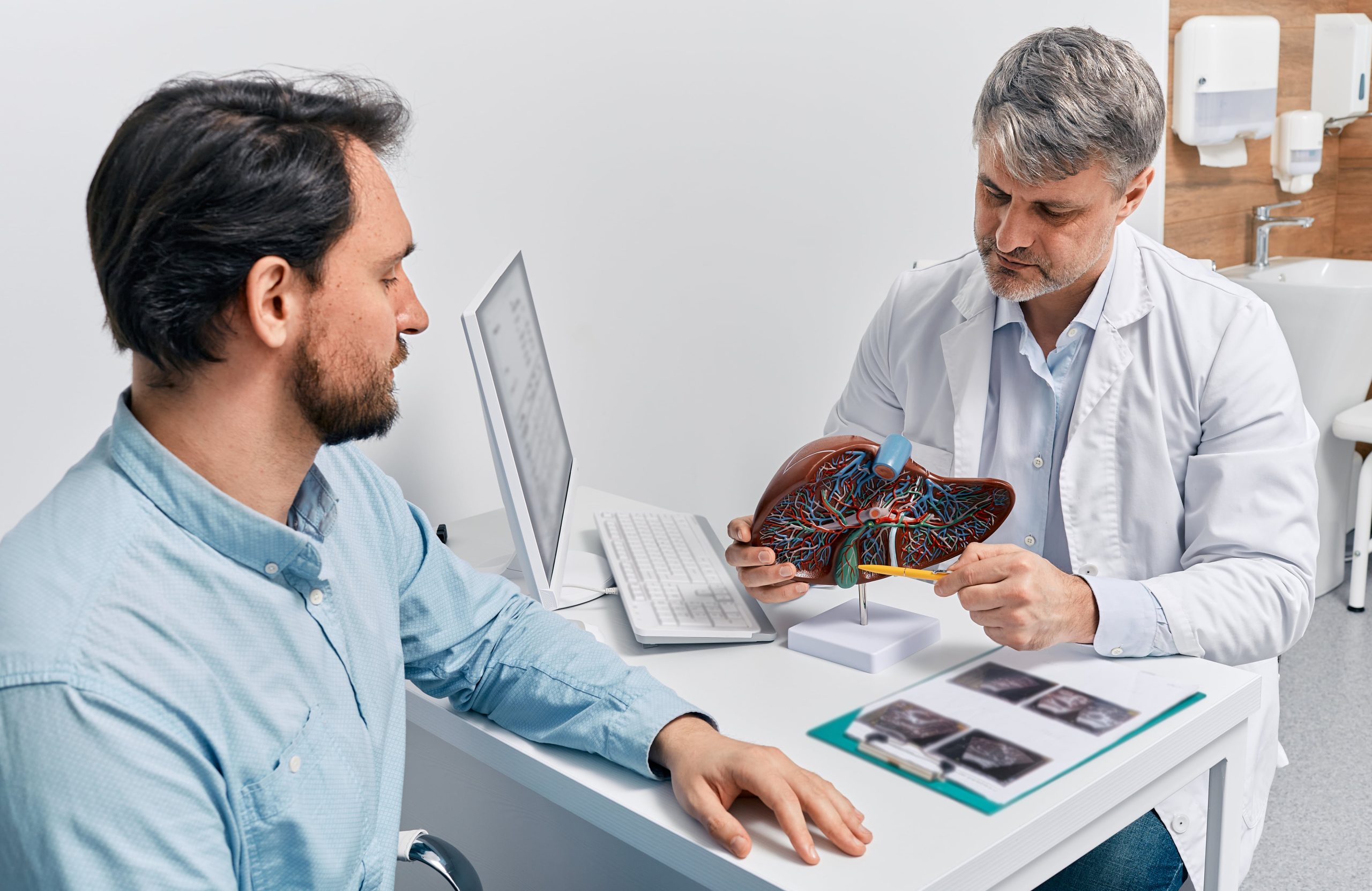
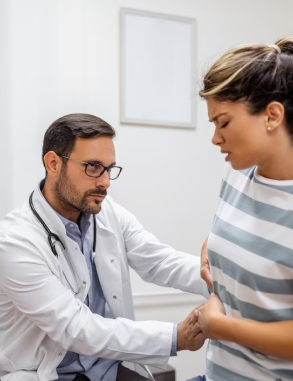
Welcome You To Liv Foundation
Understanding the Liver
The liver is one of the most vital organs in your body, responsible for a wide range of functions that are essential for your overall well-being. It processes nutrients, detoxifies harmful substances, stores energy, and produces important proteins, among many other functions. To ensure your liver remains healthy, it's crucial to understand what can damage it and how to prevent such damage.
Common Causes of Liver Damage
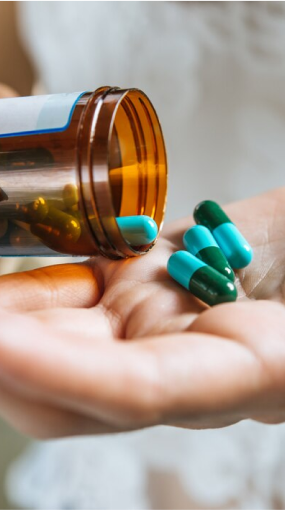
Medications & Toxins
Medications & Toxins
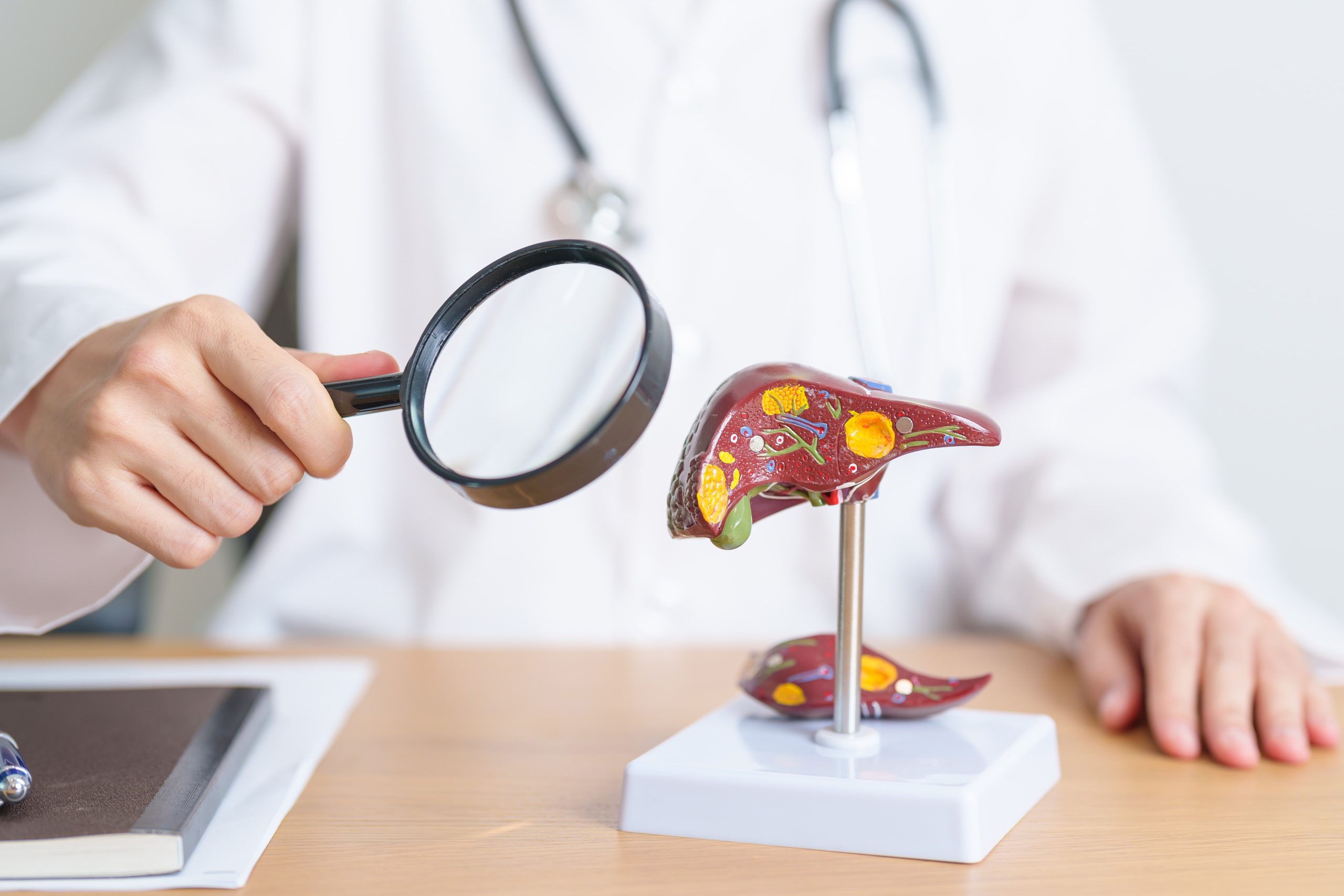
Viral Hepatitis
Viral Hepatitis
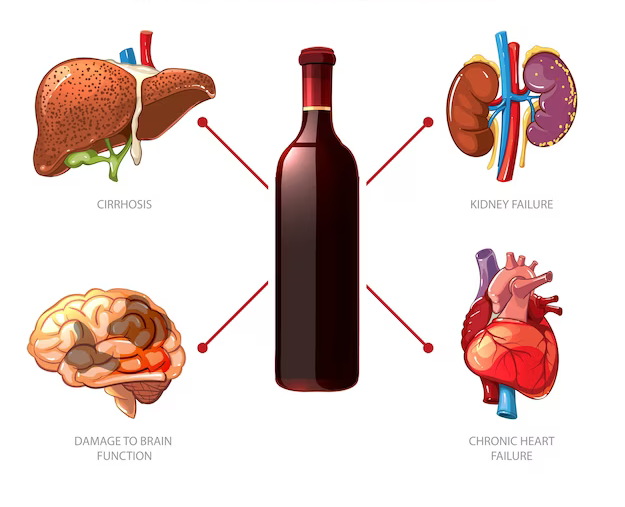
Alcohol Consumption
Alcohol Consumption
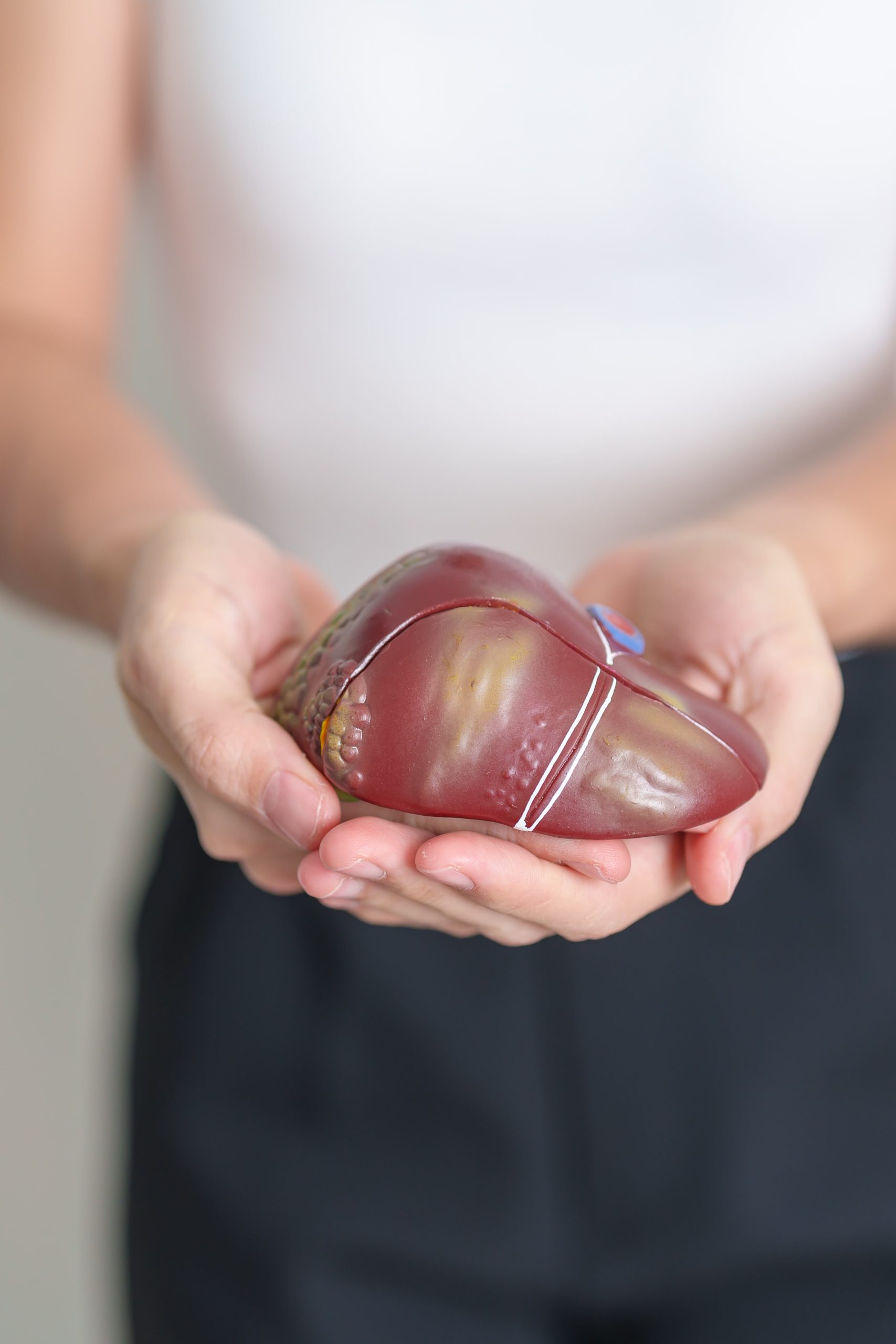
Non-Alcoholic Fatty Liver Disease
Non-Alcoholic Fatty Liver Disease
Preventive Resources For Liver Health
Healthy Lifestyle
Adopting a healthy lifestyle is the foundation of liver health. This includes maintaining a balanced diet, engaging in regular physical activity, and avoiding excessive alcohol consumption.
Vaccination
Hepatitis A and B vaccines are highly effective in preventing these viral infections. Consult with your healthcare provider to ensure you are up-to-date with your vaccinations.
Screening and Early Detection
Regular check-ups with your healthcare provider can help detect liver issues early. Conditions like viral hepatitis and fatty liver disease can often be managed more effectively when identified in their early stages.
Education and Awareness
Knowledge is power. Educate yourself and your community about liver health and the risks associated with liver damage. Spread awareness about the importance of prevention.
Support Groups
If you or a loved one is dealing with liver disease, joining a support group can provide valuable emotional support and information about managing the condition.

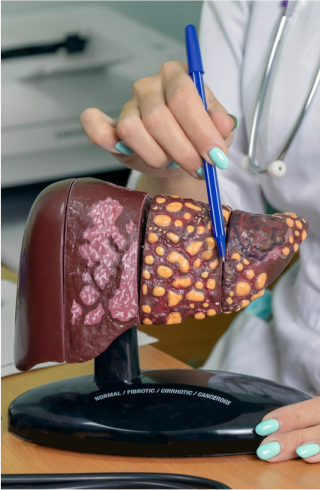
Our Resources and Support
We are committed to making liver health a priority for everyone. By taking proactive steps to protect your liver and sharing knowledge with others, you can help prevent liver damage and lead a healthier life. Remember, your liver is a precious organ, and taking care of it is a lifelong commitment. Together, we can make liver health a reality for all. Thank you for visiting the www.Liv.today Foundation website, and we encourage you to explore our resources and get involved in our mission.
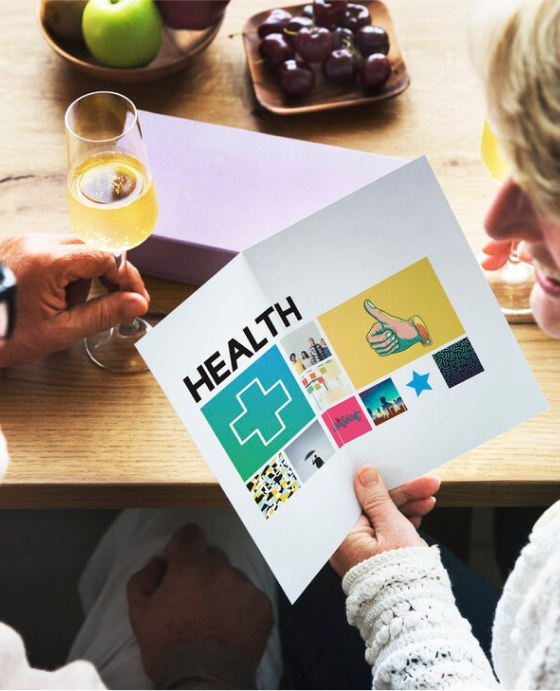
Articles and Information
Interactive Tools
Community
Events & Workshop
Donations
Introducing the Quick Liver & Gallbladder Test
Your Key to Monitoring Liver Health with Ease. Your health is your greatest asset, and at times, taking a proactive approach can make all the difference. That’s why we’re excited to introduce the Liver and Gallbladder Test, a simple and effective way to keep tabs on the health of two vital organs: your liver and gallbladder. This innovative test leverages a urinalysis reagent strip, making it incredibly user-friendly and convenient, allowing you to monitor key markers like Urobilinogen for Liver Health, Bilirubin for Liver and Gallbladder Health, Ketones for Ketogenic Diet enthusiasts, and pH levels for acidity and alkalinity balance.

Why is this test so important? Your liver and gallbladder play critical roles in your overall well-being, and any issues in these organs can have far-reaching consequences. Whether you’re concerned about the impact of your diet, want to keep your liver in top shape, or simply maintain a keen eye on your health, the Liver and Gallbladder Test is your ultimate ally.
Fast and Convenient
Say goodbye to long waits and expensive lab visits. With our user-friendly test, you can check your liver health in the comfort of your own home in just 30 seconds.
Easy to Use
Our simple, one-step process ensures hassle-free testing. Just pee on the stick, wait for the indicated time, and get your results instantly.
Monitor Your Health
Regularly track your liver health to make informed decisions about your lifestyle and well-being. Our Liver Test helps you stay proactive in maintaining a healthy liver.Don't wait until it's too late to care for your liver.
Here Are The Top Functions of Liver
Metabolism
The liver is responsible for metabolizing carbohydrates, proteins, and fats. It regulates blood sugar levels and helps to store and release energy as needed
Detoxification
One of the liver's primary functions is to detoxify the body. It filters and neutralizes toxins, drugs, and alcohol, ensuring they do not harm the body.
Synthesis of Proteins
The liver produces various proteins, including clotting factors, albumin, and enzymes that are necessary for blood coagulation and maintaining essential bodily functions.
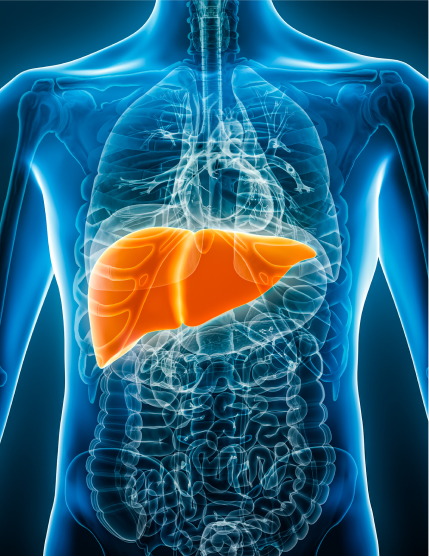
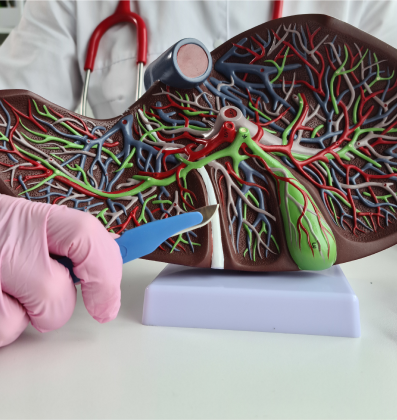
Bile Production
The liver generates bile, a fluid that aids in the digestion and absorption of fats in the small intestine. It also plays a role in the elimination of waste products from the body.
Storage
The liver stores important vitamins, minerals, and glucose to release when the body needs them. This helps regulate blood sugar levels and provides a backup source of energy.
Immune Function
Kupffer cells in the liver are essential for immune defense. They help remove harmful bacteria and toxins from the bloodstream, acting as a barrier against infection.
Regulation of Cholesterol
The liver plays a central role in regulating cholesterol levels in the body, both by producing and removing cholesterol as needed.
Recycling Red Blood Cells
Old or damaged red blood cells are broken down in the liver, with their components recycled for the production of new blood cells
Hormone Regulation
The liver metabolizes and regulates various hormones, helping to maintain hormonal balance in the body.
To prevent liver disease, it’s crucial to maintain a healthy lifestyle, including a balanced diet, regular exercise, limited alcohol consumption, & avoidance of high-risk behaviors such as sharing needles or having unprotected sex. Additionally, vaccinations against hepatitis viruses.
Best Foods to Promote Liver Health
Turmeric
Nuts
Garlic
Green Vegetables
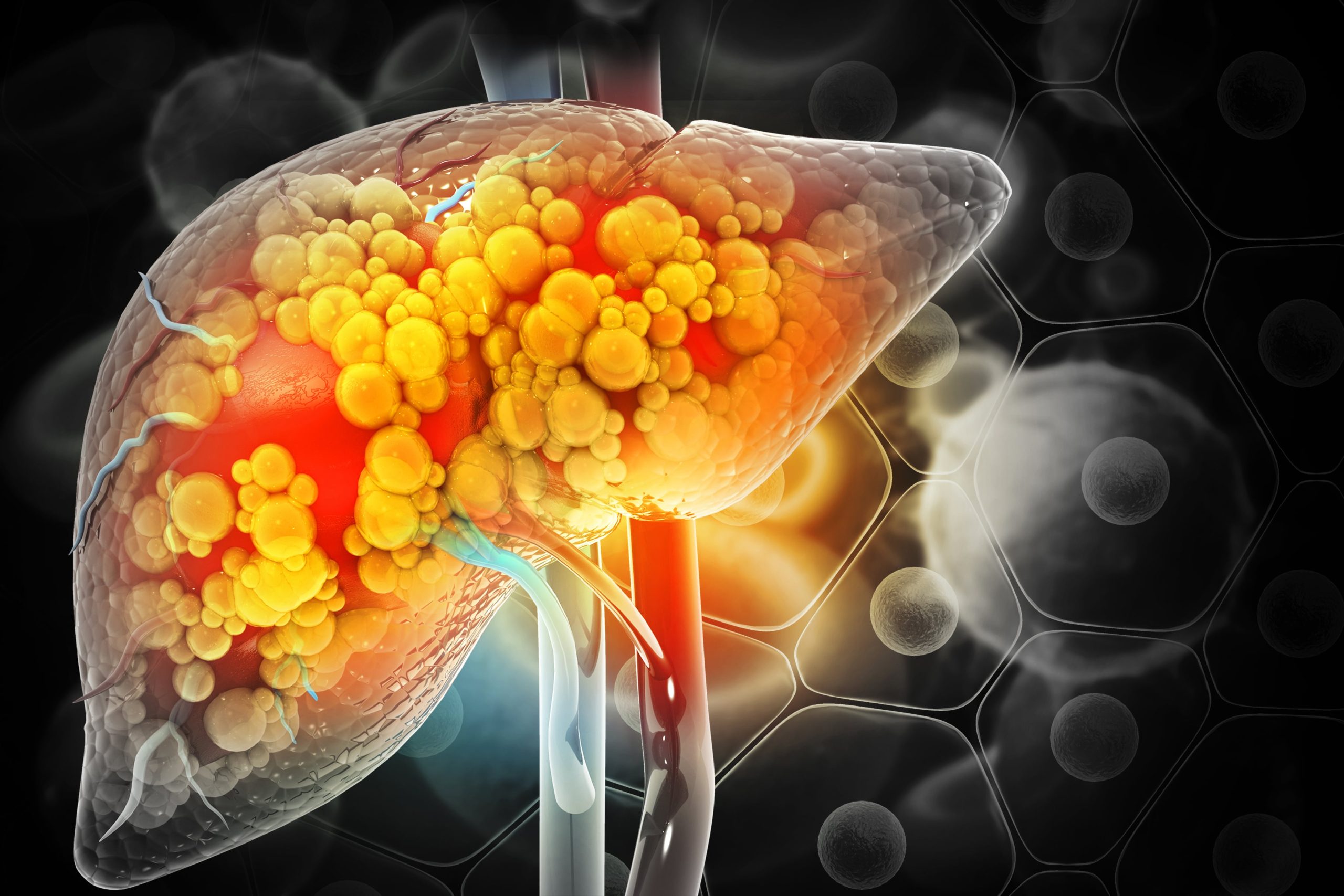
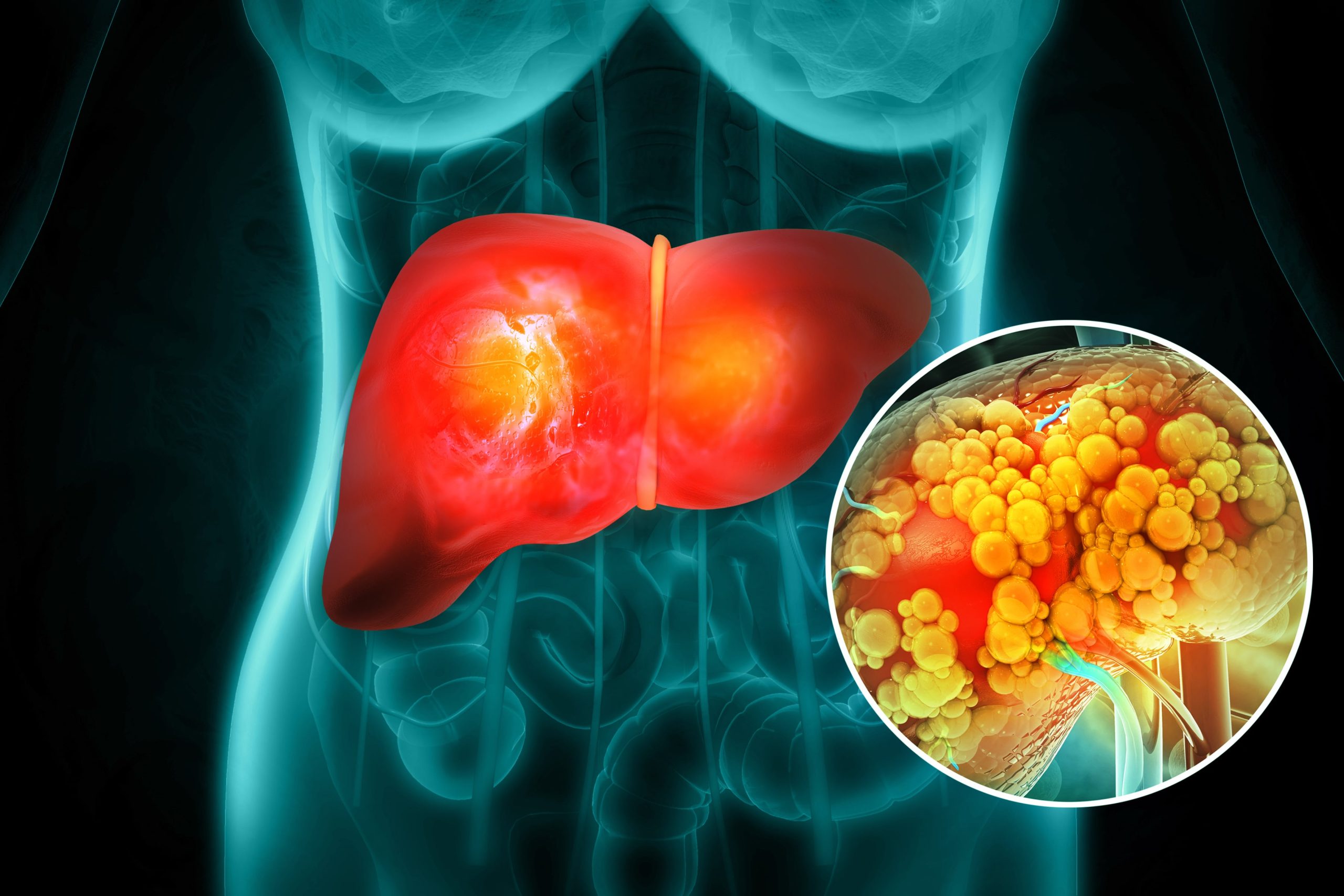
4 stages of liver damage
Initial Fat Accumulation
In this stage, the liver experiences an accumulation of excess fat, known as Simple Fatty Liver.
Inflammation & Fat Accumulation
In this stage, the liver experiences an accumulation of excess fat, known as Simple Fatty Liver.
Persistent Inflammation & Tissue Scarring
In this stage, the liver experiences an accumulation of excess fat, known as Simple Fatty Liver.
Advanced Scarring &Tissue Damage
In the final stage, the liver undergoes extensive scarring and damage, known as Cirrhosis, where scarring becomes widespread and can impair liver function.
Why Sugar is the #1 Culprit
The Liver and Its Functions
Metabolizing Nutrients
Detoxification
Storage
Synthesizing Proteins
Sugar's Impact on the Liver
Fatty Liver Disease
- Prolonged exposure to excessive sugar can result in liver scarring and cirrhosis, a condition in which the liver's healthy tissue is gradually replaced by scar tissue. Cirrhosis severely impairs liver function and can lead to liver failure.
- Reducing Sugar Consumption for a Healthier LiverTo protect your liver from sugar-induced damage, consider these tips:
Limit Added Sugars
Choose Whole Foods
Read Labels
Maintain a Balanced Diet
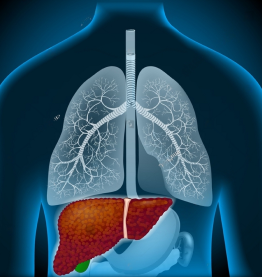
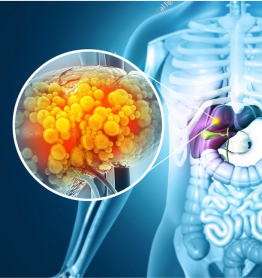
Cirrhosis and Scarring
- Prolonged exposure to excessive sugar can result in liver scarring and cirrhosis, a condition in which the liver's healthy tissue is gradually replaced by scar tissue. Cirrhosis severely impairs liver function and can lead to liver failure.
- Reducing Sugar Consumption for a Healthier LiverTo protect your liver from sugar-induced damage, consider these tips:
Limit Added Sugars
Choose Whole Foods
Read Labels
Maintain a Balanced Diet


Increased Inflammation
- Prolonged exposure to excessive sugar can result in liver scarring and cirrhosis, a condition in which the liver's healthy tissue is gradually replaced by scar tissue. Cirrhosis severely impairs liver function and can lead to liver failure.
- Reducing Sugar Consumption for a Healthier LiverTo protect your liver from sugar-induced damage, consider these tips:
Limit Added Sugars
Choose Whole Foods
Read Labels
Maintain a Balanced Diet


Insulin Resistance
- Prolonged exposure to excessive sugar can result in liver scarring and cirrhosis, a condition in which the liver's healthy tissue is gradually replaced by scar tissue. Cirrhosis severely impairs liver function and can lead to liver failure.
- Reducing Sugar Consumption for a Healthier LiverTo protect your liver from sugar-induced damage, consider these tips:
Limit Added Sugars
Limit Added Sugars


What happens in the body and how the body works
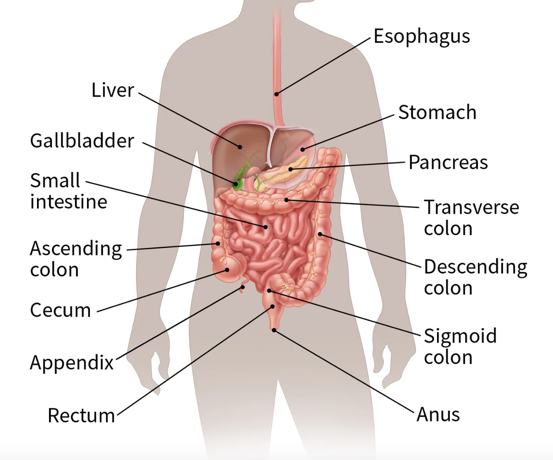
Mouth
The digestive process begins in the mouth, where food is broken down mechanically by chewing and mixed with saliva. Saliva contains enzymes (such as amylase) that start breaking down carbohydrates into simpler sugars
Esophagus
After chewing and swallowing, food travels down the esophagus through a process called peristalsis, which involves rhythmic muscle contractions.
Stomach
In the stomach, food mixes with gastric juices, which contain hydrochloric acid & digestive enzymes, such as pepsin. The acidic environment in the stomach helps break down proteins, while mechanical churning further mixes and breaks down food.
Small Intestine:
The partially digested food, now called chyme, moves into the small intestine. The pancreas releases digestive enzymes into the small intestine. These enzymes further break down carbohydrates, proteins, and fats
The liver produces bile, which is stored in the gallbladder and released into the small intestine. Bile emulsifies fats, making it easier for enzymes to break them down.
The small intestine is also where the majority of nutrient absorption occurs. Villi and microvilli, tiny finger-like projections, increase the surface area for absorption.
Nutrients, such as sugars, amino acids, and fatty acids, are absorbed into the bloodstream and transported to cells for energy and various bodily functions.
Large Intestine
Undigested food and waste products pass into the large intestine, where water and some minerals are absorbed.
Beneficial bacteria in the colon help break down certain substances and produce some vitamins (e.g., vitamin K and some B vitamins).
The remaining waste material is formed into feces and eventually excreted from the body through the rectum and anus.
The liver and pancreas working in harmony in order for the body to get clean blood and nutrition.
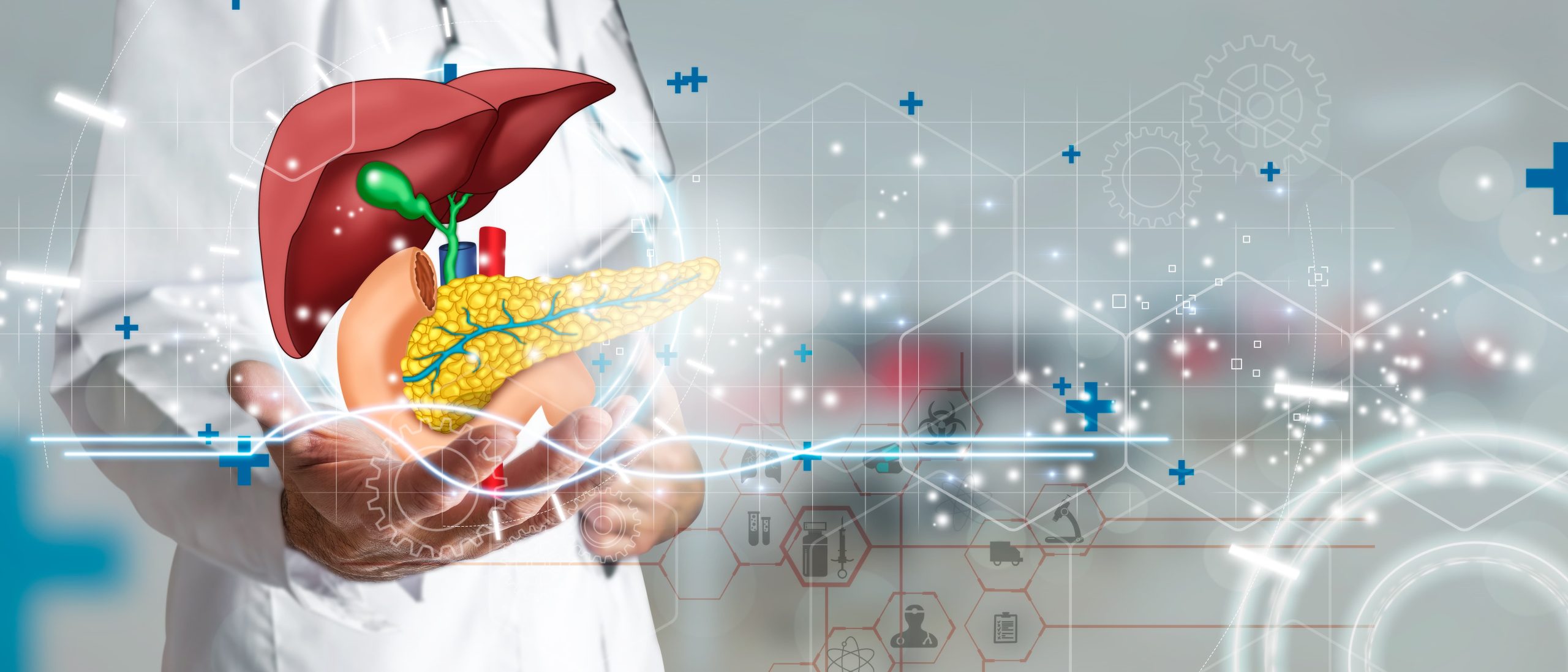
Liver
- It processes nutrients absorbed from the small intestine, regulating their levels in the blood.
- The liver also detoxifies harmful substances and metabolizes drugs.
- It plays a significant role in the metabolism of carbohydrates, proteins, and fats and stores glycogen and certain vitamins.It plays a significant role in the metabolism of carbohydrates, proteins, and fats and stores glycogen and certain vitamins.
Pancreas
- The pancreas is both an endocrine and exocrine gland, meaning it produces hormones (such as insulin) and digestive enzymes.
- In the context of digestion, the pancreas secretes enzymes (pancreatic amylase, lipase, and proteases) into the small intestine to further break down carbohydrates, fats, and proteins.
Why cancers in the liver, as well as pancreas are often detected at such an advanced stage?
When symptoms do eventually appear, they can be vague and non-specific. For example, common symptoms of both liver and pancreatic cancers include fatigue, abdominal pain, weight loss, and digestive problems. These symptoms can be associated with a wide range of other medical conditions, making it difficult to immediately attribute them to cancer.
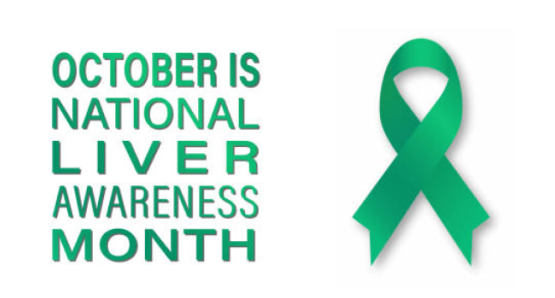
Liver Disease by the numbers:
Worldwide Liver Disease Statistics:
- World Health Organization (WHO) estimated that viral hepatitis (specifically hepatitis B and C) was responsible for approximately 1.34 million deaths globally each year. This is a major contributor to liver-related mortality
- Cirrhosis of the liver, often caused by factors such as excessive alcohol consumption and chronic viral hepatitis, can lead to liver failure and was estimated to be responsible for around 1.32 million deaths globally per year
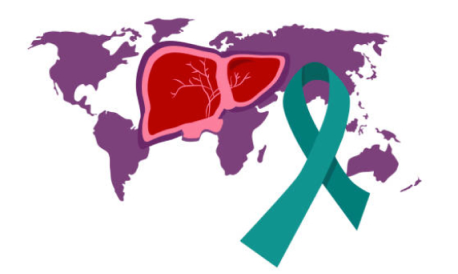
- Liver cancer, including hepatocellular carcinoma (HCC), is a significant cause of cancer-related deaths worldwide. In 2022, there were over 800,000 new cases of liver cancer globally, with over 700,000 deaths attributed to the liver disease.
United States Liver Disease Statistics:
- the United States, liver disease is a significant health concern. Chronic liver disease and cirrhosis are estimated to be responsible for over 40,000 deaths annually.
According to the American Cancer Society, the estimates for primary liver cancer and intrahepatic bile duct cancer in the United States for 2023 are:
- About 41,210 new cases (27,980 in men and 13,230 in women) will be diagnosed
- About 29,380 people (19,000 men and 10,380 women) will die of these cancers